Charles E W Bean, Diaries, AWM38 3DRL 606/257/1 - 1916 - 1927 - Part 1
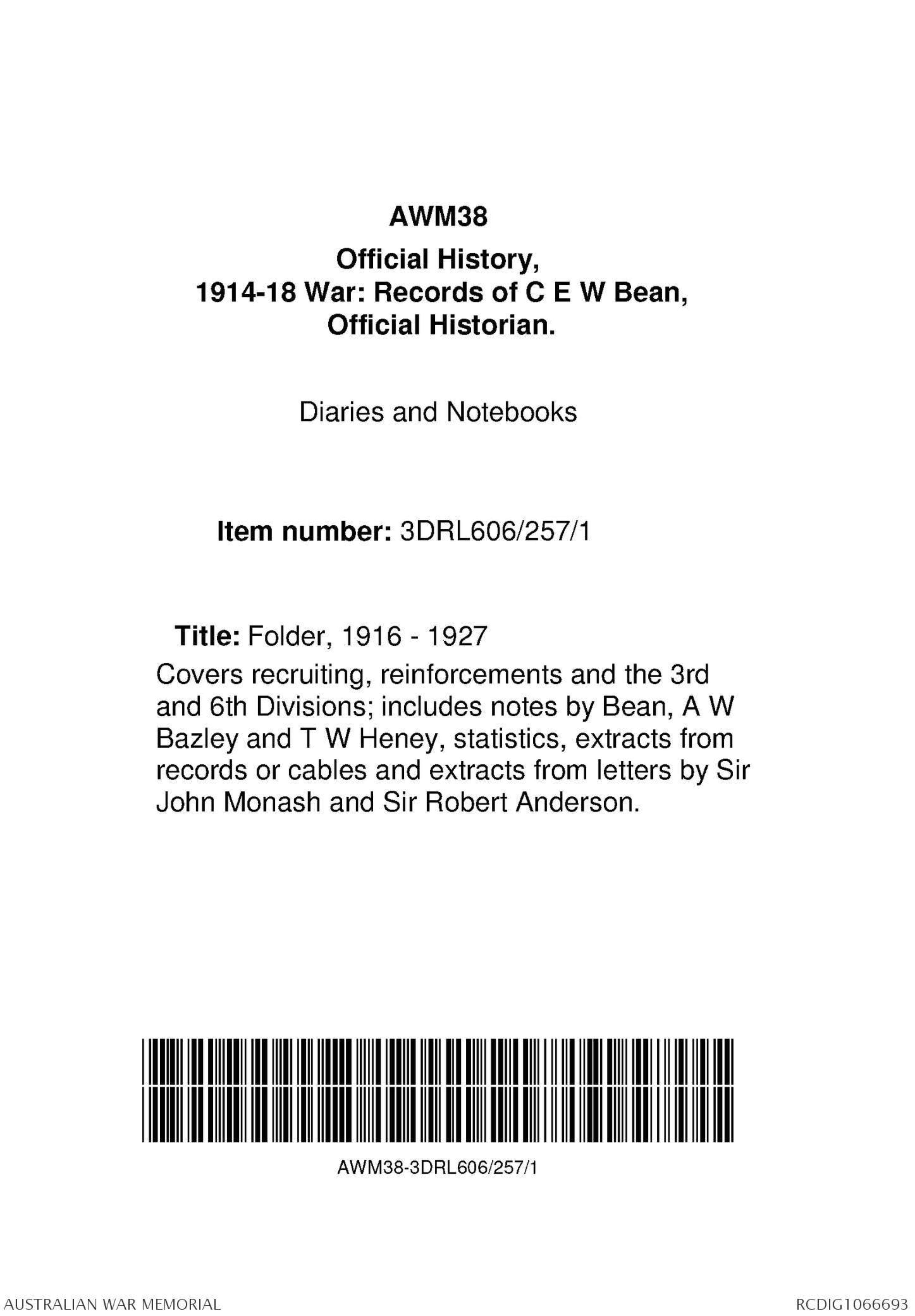
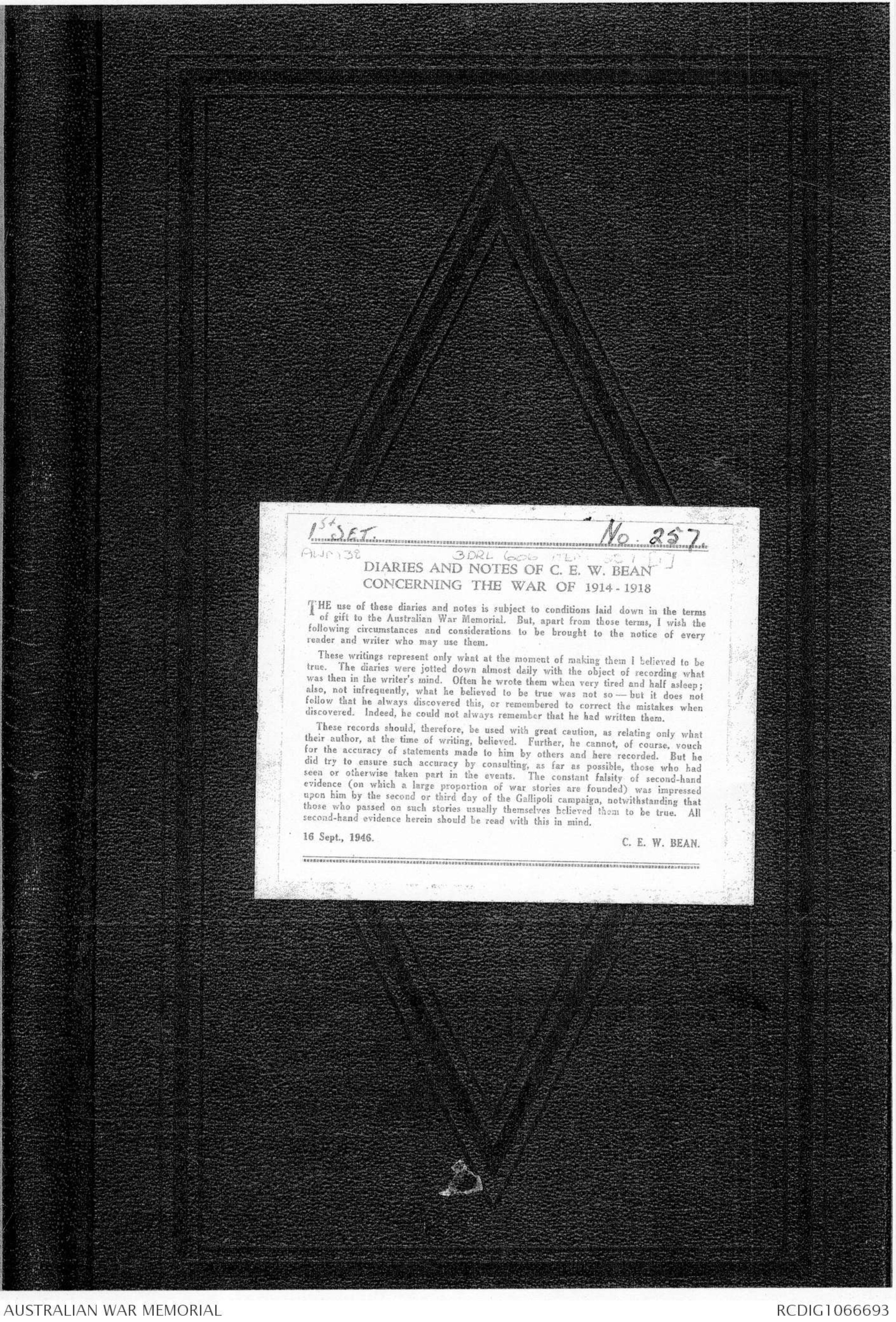


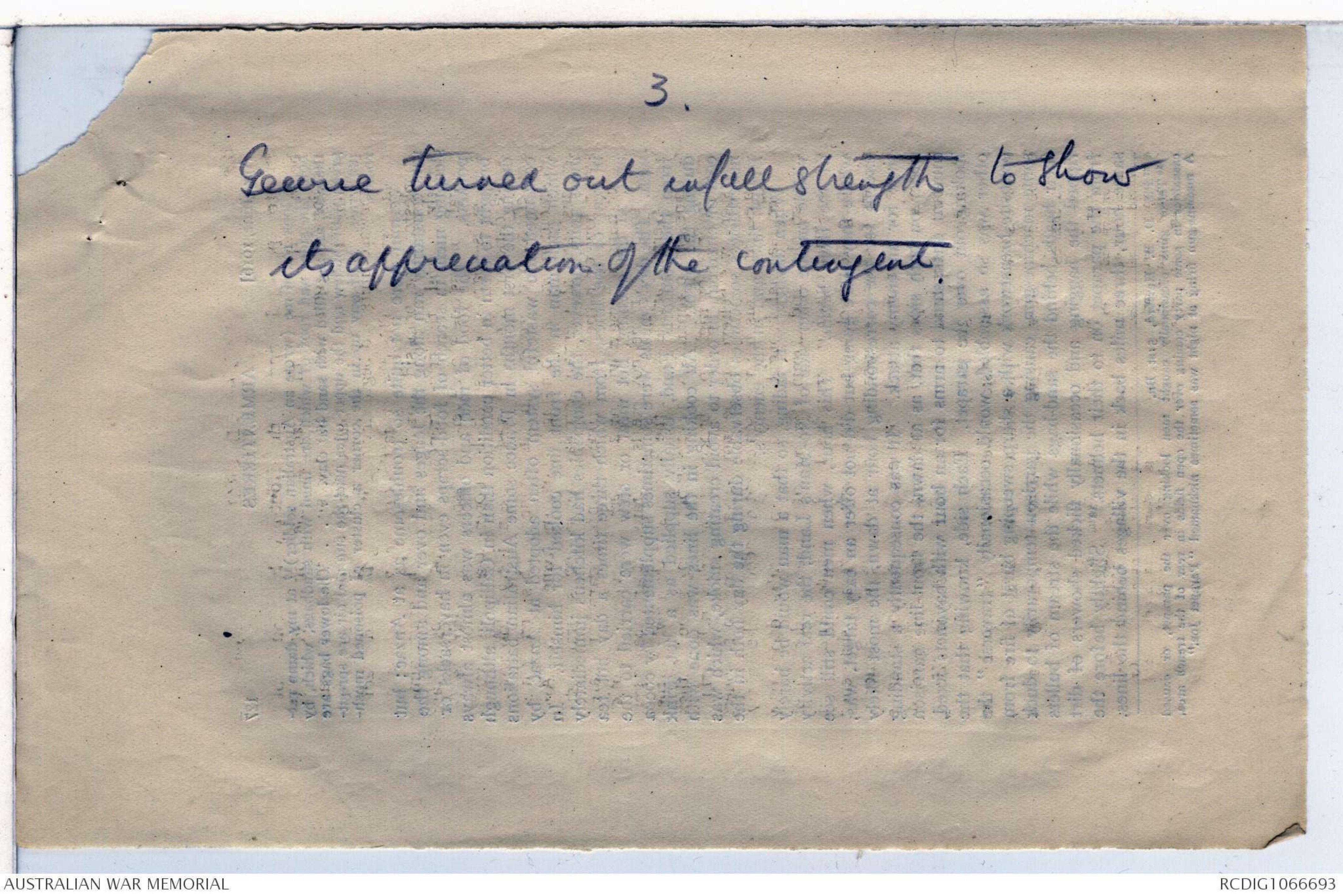
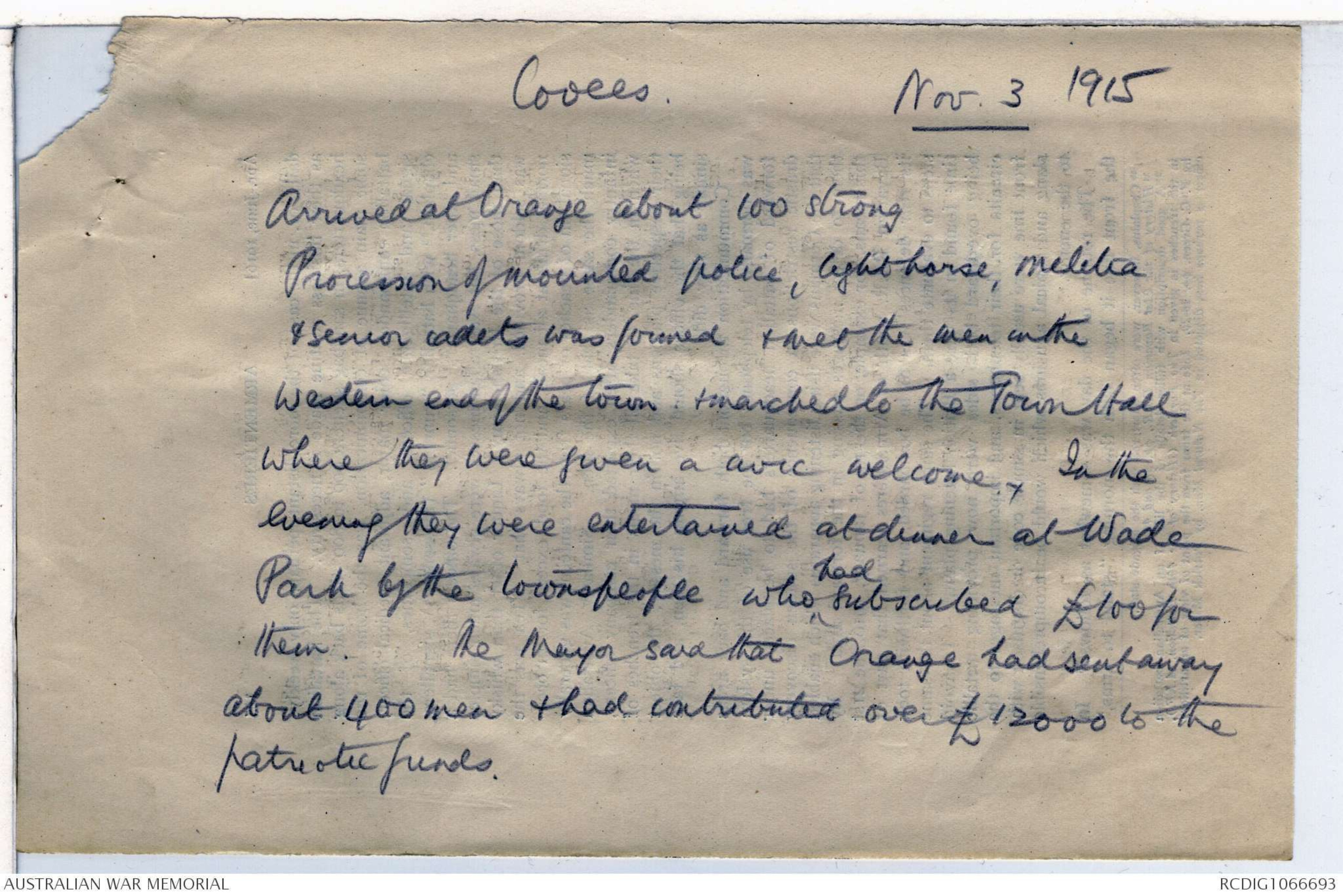
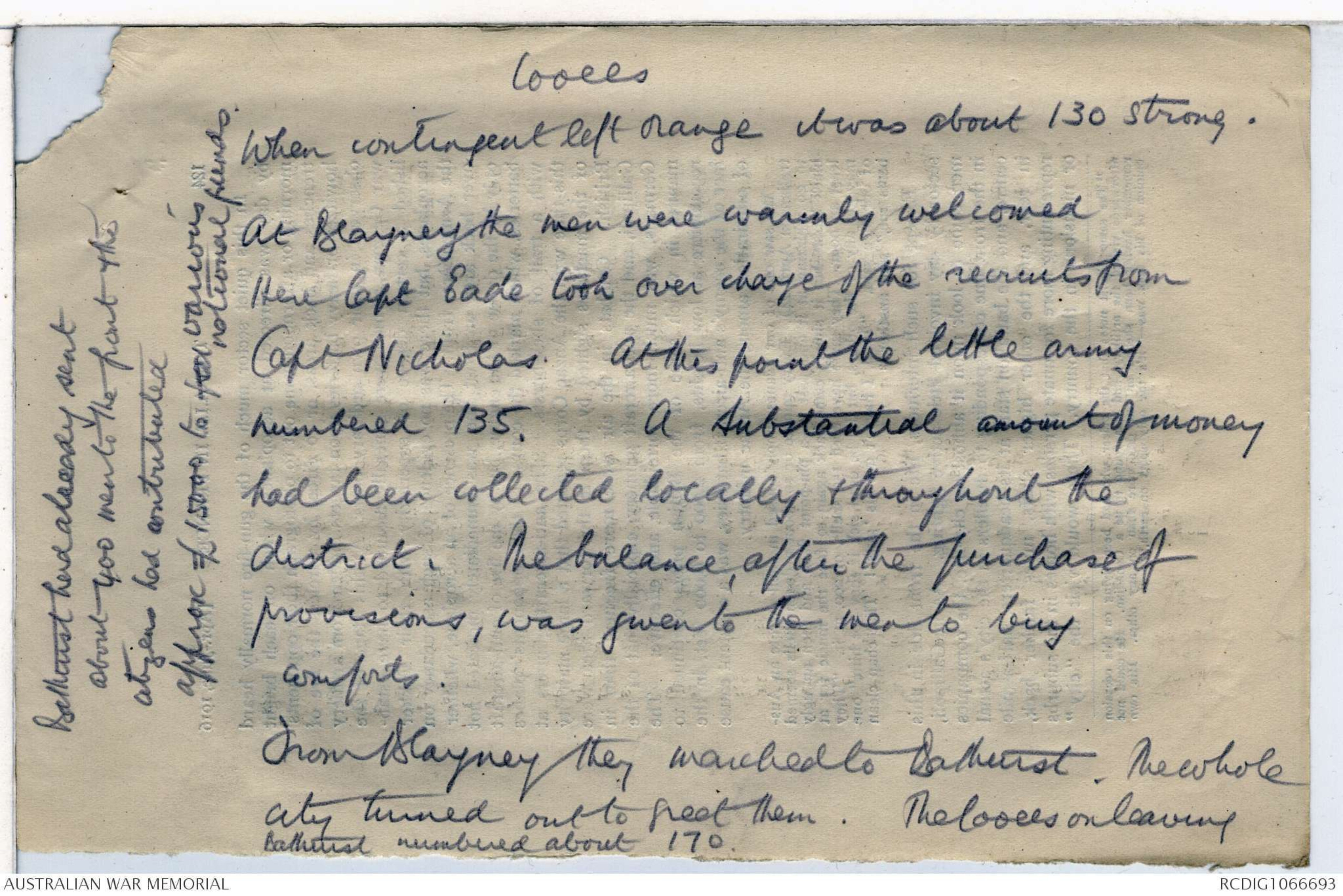


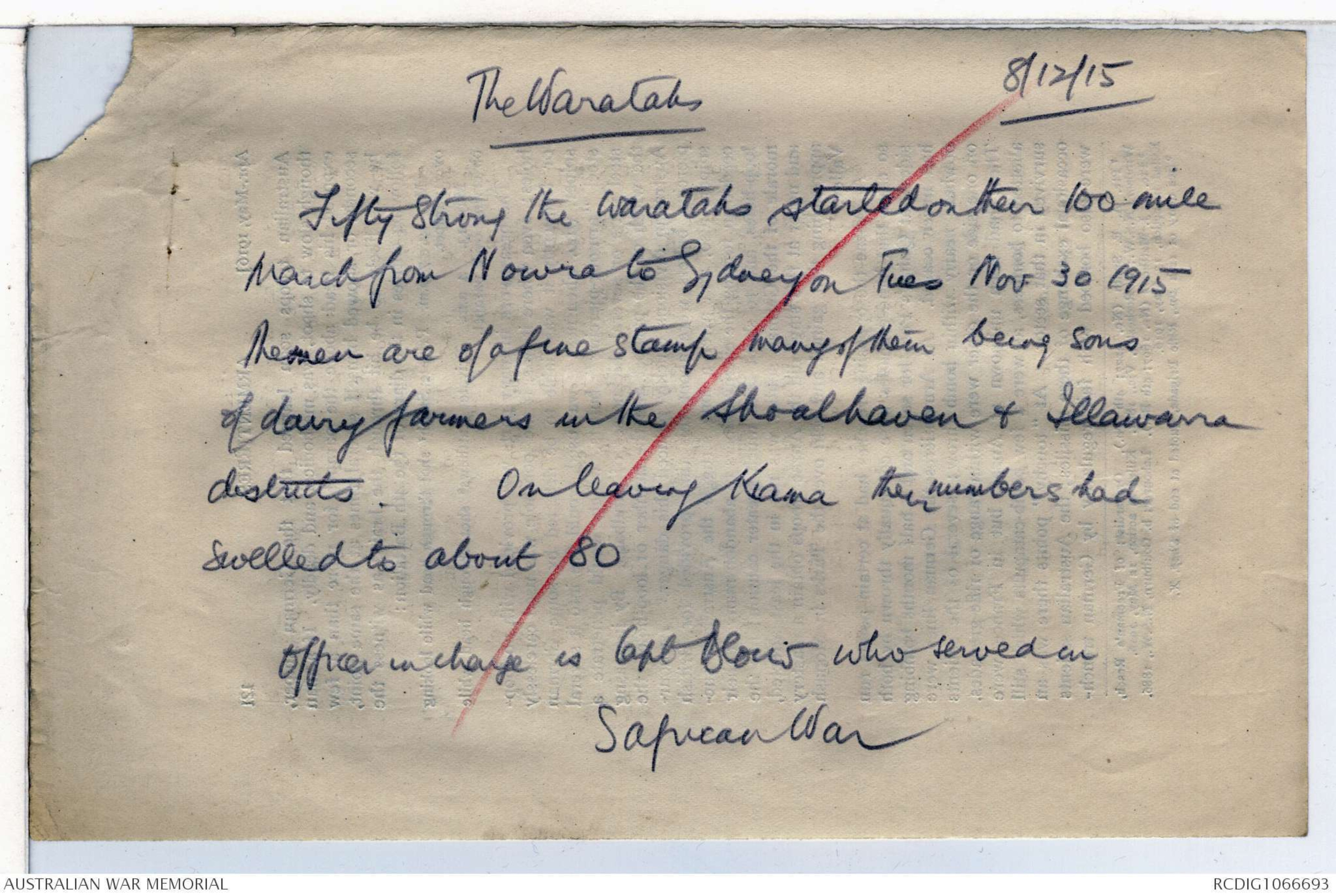
AWM38
Official History,
1914-18 War: Records of C E W Bean,
Official Historian.
Diaries and Notebooks
Item number: 3DRL-606/257/1
Title: Folder, 1916 - 1927
Covers recruiting, reinforcements and the 3rd
and 6th Divisions; includes notes by Bean, A W
Bazley and T W Heney, statistics, extracts from
records or cables and extracts from letters by Sir
John Monash and Sir Robert Anderson.
AWM38-3DRL606/257/1
1st SET. No. 257
AWM 38 3DRL 606 ITEM 257 [1]
DIARIES AND NOTES OF C. E. W. BEAN
CONCERNING THE WAR OF 1914- 1918
THE use of these diaries and notes is subject to conditions laid down in the terms
of gift to the Australian War Memorial. But, apart from those terms, I wish the
following circumstances and considerations to be brought to the notice of every
reader and writer who may use them.
These writings represent only what at the moment of making them I believed to be
true. The diaries were jotted down almost daily with the object of recording what
was then in the writer’s mind. Often he wrote them when very tired and half asleep;
also, not infrequently, what he believed to be true was not so —but it does not
follow that he always discovered this, or remembered to correct the mistakes when
discovered. Indeed, he could not always remember that he had written them.
These records should, therefore, be used with great caution, as relating only what
their author, at the time of writing, believed. Further, he cannot, of course, vouch
for the accuracy of statements made to him by others and here recorded. But he
did try to ensure such accuracy by consuiting, as far as possible, those who had
seen or otherwise taken part in the events. The constant falsity of second-hand
evidence (on which a large proportion of war stories are founded) was impressed
upon him by the second or third day of the Gallipoli campaign, notwithstanding that
those who passed on such stories usually themselves believed them to be true. All
second-hand evidence herein should be read with this in mind.
16 Sept, 1946. C. E. W. BEAN.
[*Chap VI
p 34*]
Sydney Mail Wednesday 20/10/15
Gilgandra has suddenly blossomed into fame. On
Sunday week a squad of 30 men, who have volunteered
for service at the front, left that town on a 320-mile
march to Sydney. The movement was originated by
the captain of the local rifle club, Mr W.T. Hitchens, who is
accompanying the recruits on their journey. Residents
contributed nearly £200 toward the cost of the march, while
all along the line of route donation of various kinds are
being made by public spirited men & women, who realise the
great value that attaches to this unique scheme as a
recruiting aid. Our picture shows the "Coo-ees" (as they
2
have been christened) after they had settled well
down on their march & were leaving behind them the
great wheat belts of the western plains, where
most of them had lived all their lives.
Wellington was reached to on Saty & they rested there on Sunday. (27 Oct)
By the time the Cooees ho reached Dubbo, having marched
for many miles through rain, their number had been
increased to 40. Dubbo made most elaborate
preparations for their reception & supplied 12 recruits
Wongarbon provided 13 recruits. Left Wongarbon for Geurie
The men are commanded by Capt Nicholas of Dubbo
3
Geurie turned out in full strength to show
its appreciation of the contingent
Cooees. Nov 3 1915
Arrived at Orange about 100 strong
Procession of mounted police, light horse, militia
& senior cadets was formed & met the men in the
Western end of the town & marched to the Town Hall
where they were given a civic welcome. In the
evening they were entertained at dinner at Wade
Park by the townspeople who ^had subscribed £l00 for
them. The Mayor said that Orange had sent away
about 400 men & had contributed over of £12000 to the
patriotic funds.
Cooees
When contingent left Orange it was about 130 strong.
At Blayney the men were warmly welcomed
Here Capt Eade took over charge of the recruits from
Capt Nicholas. At this point the little army
numbered 135. A substantial amount of money
had been collected locally throughout the
district. The balance, after the purchase of
provisions, was given to the men to buy
comforts.
From Blayney they marched to Bathurst. The whole
city turned out to greet them. The Cooees on leaving
Bathurst numbered about 170.
[*Bathurst had already sent
about 400 men to the front & the
citizens had contributed
approx £15000 to fun various
national funds.*]
Cooees Nov 10 1915
At Lithgow the marchers were issued with
dungarees & white hats & the uniformity in dress
greatly improved the appearance of the little army.
At all the Blue Mountain towns passed through the
Cooees were lavishly entertained
At Cooerwull Academy they were presented
x with a kettledrum by the pupils.
Nov 17
Completed their march to Sydney on 12 Nov 1915 totalling 263
Cooees made appeal for recruits in Martin Place.
Cpl Hitchins the leader of the Cooees
of Gilgandra
Died Nov Oct 1916 (?Nov)
has son or sons at front.
(See Mail 8/11/16 p 14)
The Waratahs 8/12/15
Fifty strong the Waratahs started on their 100 mile
march from Nowra to Sydney on Tues Nov 30 1915
The men are of a fine stamp many of them being sons
of dairy farmers in the Shoalhaven & Illawarra
districts. On leaving Kiama their numbers had
swelled to about 80
Officer in charge is Capt Blow who served in
S African War
 Loretta Corbett
Loretta CorbettThis transcription item is now locked to you for editing. To release the lock either Save your changes or Cancel.
This lock will be automatically released after 60 minutes of inactivity.